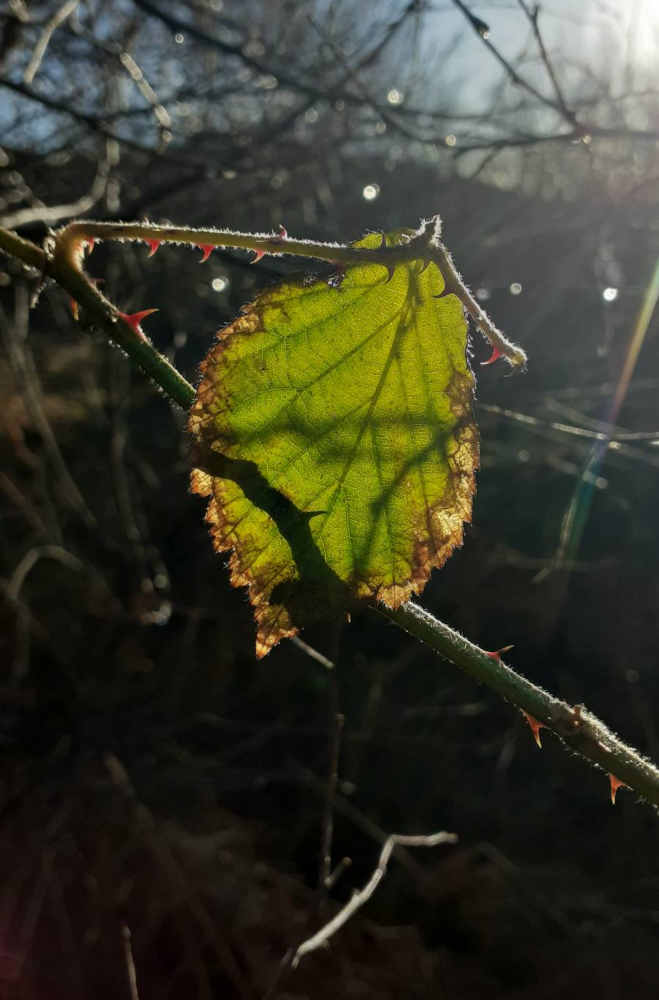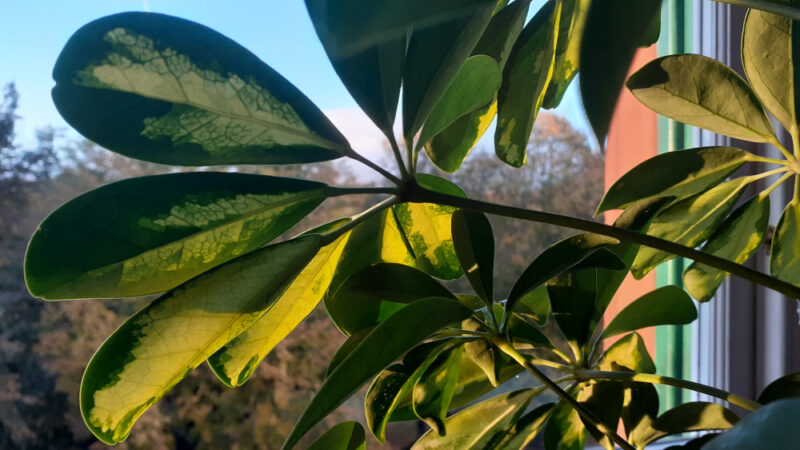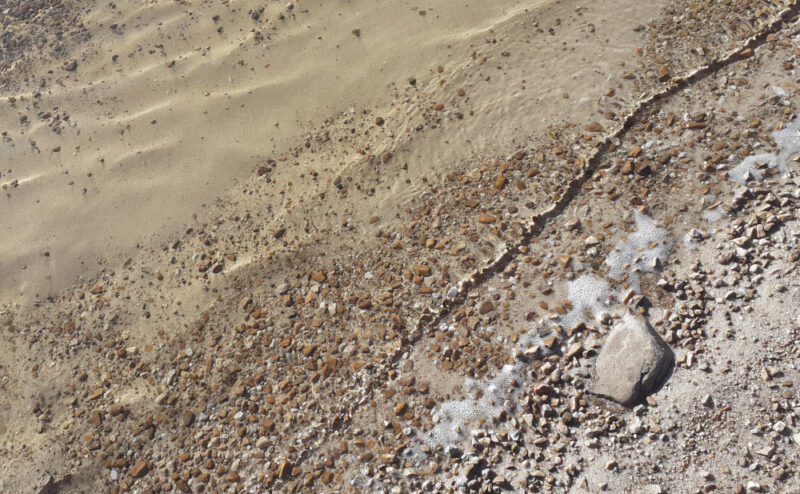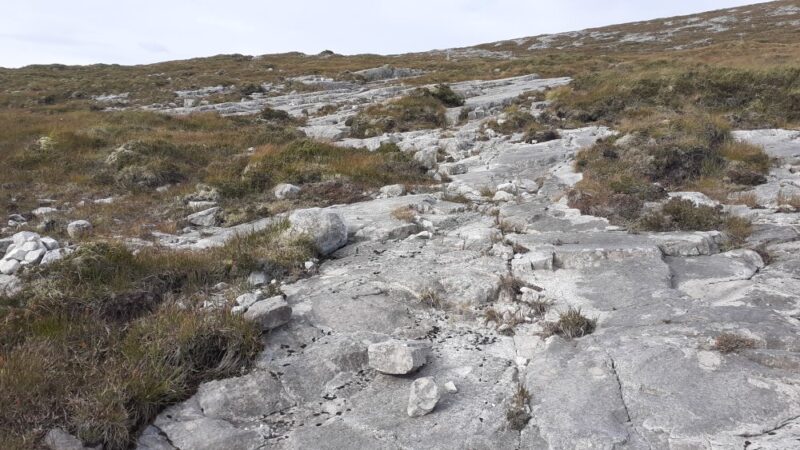wild is the wind
I was afraid at first. Radio Scotland had talked all day about ‘Storm Bram’, the Met Office had upgraded its weather warning from yellow to amber, and XC Weather and Windy were in agreement, for once, that by midnight, when the wind veered to the south-west, Lochinver would be subject to winds close to 80 mph.
I’d done my best to prepare, tightly tying down the cover on my woodpile, taking in the hanging bird feeders, charging my phone, lamps and laptop in case of power failures, all the while anxiously eyeing the three tall ash trees near the south-west corner of the caravan.
By teatime the wind, still in the south-east, was picking up, its pitch intensifying and the caravan beginning to rattle. I waited for it to escalate, obsessively checking my weather apps to see how the low-pressure system was progressing, but instead there followed an an eerie lull.
At 11 o’clock, worn out with anticipation, I went to bed and waited for the onslaught. Now, as I lie in the darkness, I hear the wind rising and feel the caravan shuddering. My nerves tighten expectantly.
With some gales, like the unnamed south-easterly we had last week, the wind seems creatural, prowling around, probing and pouncing, snatching at the caravan or the corrugated plastic sheets on my woodpile, howling as it snaps twigs and branches from the ashes and flings them at the caravan where they strike with alarming resonance, the slightest glance of a twig amplified into a booming blow.
I brace myself for this but hear not the faintest clunk, nor any tearing bursts. In fact, there are no particular sounds at all—only a general roar, noisy but sonically diffuse, an unspecified loudness. Its volume continues to increase but with steady strength rather than fitful gusts. It, too, is a presence but an impersonal one, a great motion moving through the world, high and wide, so huge in extent it seems boundless.
I can feel it all around me, in the flexing of my flimsy walls, in the subtle lift in the floor, in the shaking of my bed. It’s like being in a small earthquake but instead of being beneath my feet, it’s everywhere: above, below, in all directions; an oncoming immensity, a great mass, enveloping, engulfing. And lying still, held in its surround-sound, I’m becoming part of it. I’m within the wind, in communion with it. For the first time today, I’m at peace.
Lochinver, Assynt, Scotland
9th December 2025





